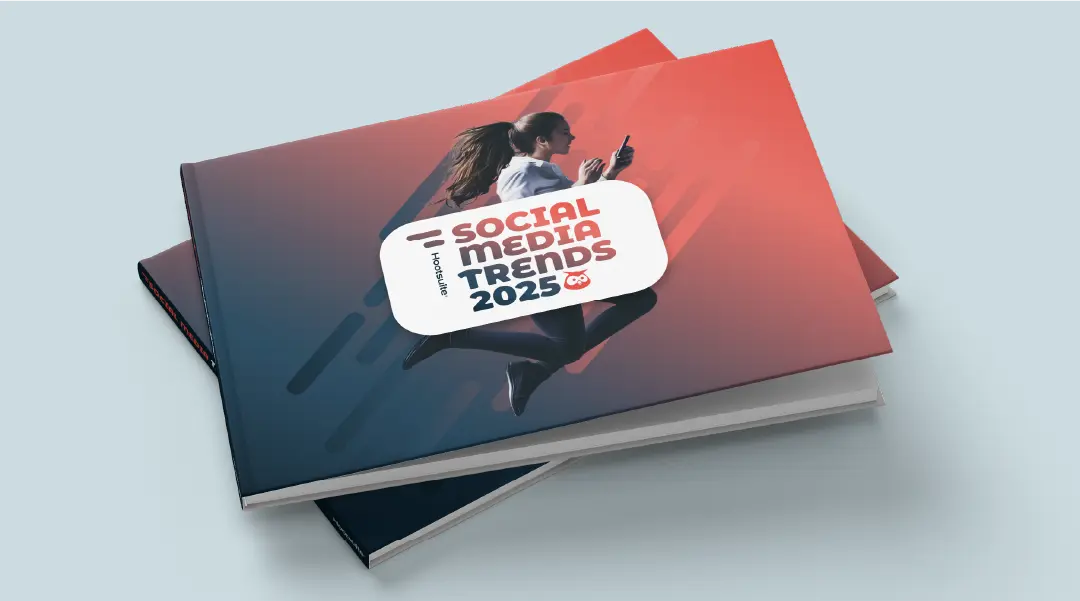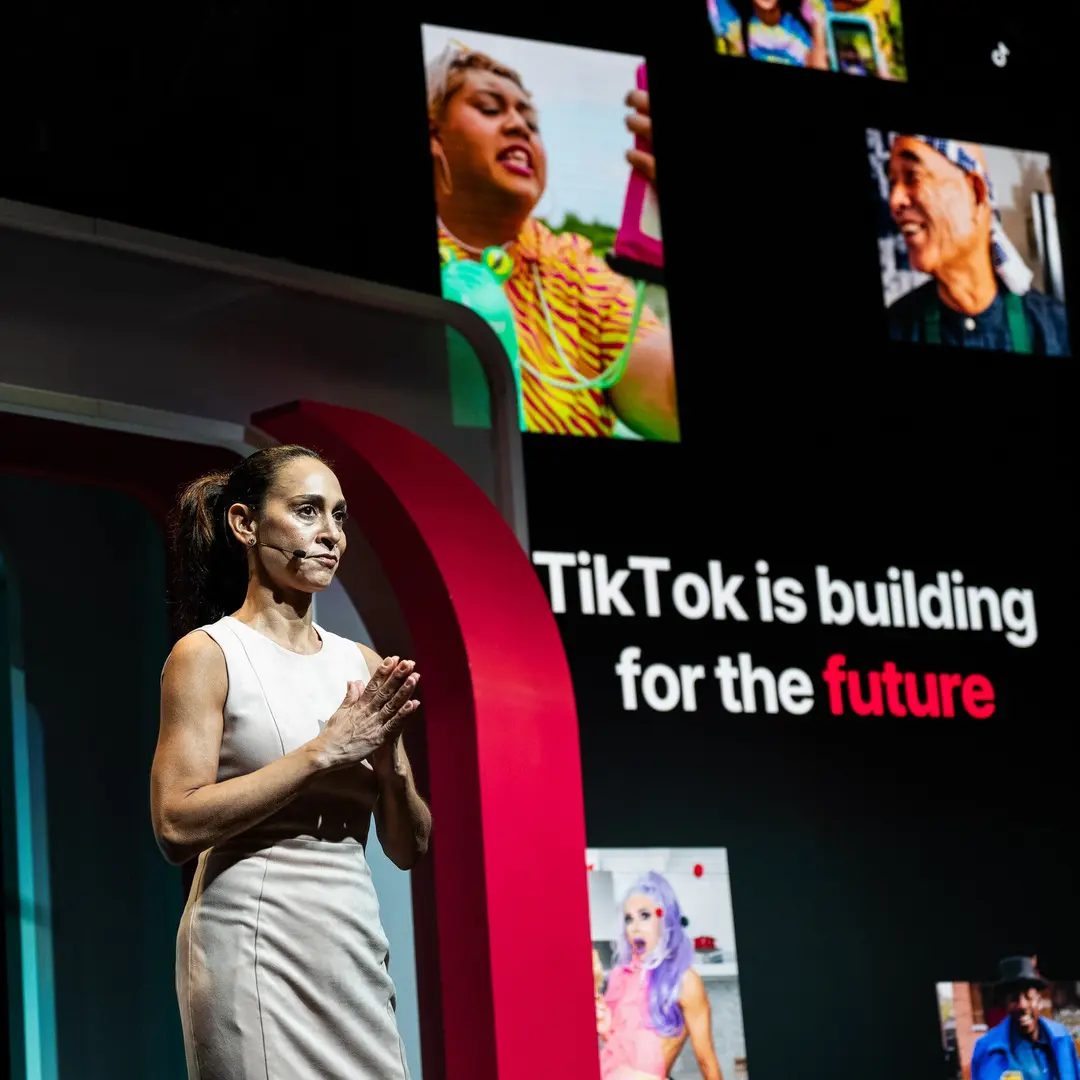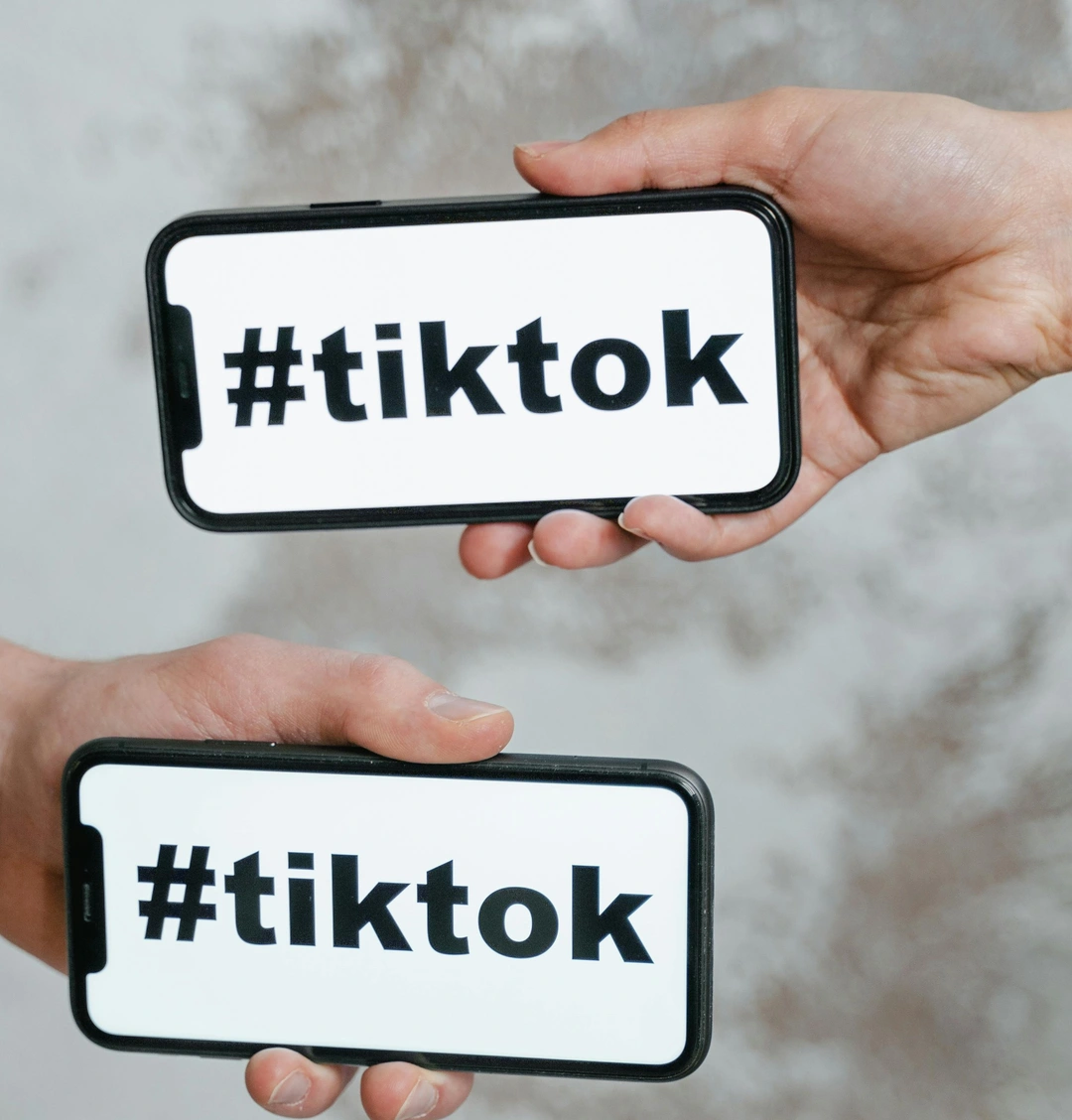As we step into 2025, social media remains a dominant force shaping global communication, business, and entertainment. With more than 5.24 billion active user identities worldwide, social platforms continue evolving, introducing AI-driven content, short-form video dominance, and new methods for brand discovery.
Simon Kemp’s Digital 2025 report provides a detailed analysis of the current landscape, exploring regional usage variations, content trends, and the rise of artificial intelligence in digital engagement. While growth has slowed compared to previous years, social media still commands over 60% of the global population, highlighting its lasting impact.
Social Media Growth in 2025
Despite reaching high saturation levels in key regions, social media adoption has grown by 4.1% over the past year, adding millions of new users globally. However, this growth rate is slower compared to previous years, as many major markets have reached near-universal adoption.
Regional Differences in Social Media Engagement
- Eastern Asia leads with near-total social media penetration, driven by super-app ecosystems like WeChat, Douyin, and QQ.
- North America and Western Europe remain highly active, with Meta’s platforms still commanding significant audiences.
- Middle Africa experiences the slowest growth, primarily due to limited digital infrastructure and high data costs.
- Latin America and Southeast Asia continue growing rapidly, fueled by mobile-first users and emerging creator economies.
Key Platforms Driving User Growth
While Meta still dominates with platforms like Facebook, Instagram, and WhatsApp, new players have emerged:
- TikTok continues its global rise, shaping short-form video trends.
- Threads has gained traction, challenging traditional text-based platforms like X (formerly Twitter).
- YouTube remains a powerhouse for long-form content, with AI-driven recommendations enhancing user engagement.
AI Reshapes Social Media Experience
Artificial intelligence has become the backbone of social media, influencing content creation, user interactions, and advertising strategies. AI-driven algorithms now play a central role in determining what content users see, refining recommendations based on behavioral data.
1. AI-Generated Content Becomes Mainstream
From auto-generated captions to AI-assisted video editing, machine learning has revolutionized how creators produce content. Platforms now offer built-in AI tools, making advanced editing, storytelling, and audience engagement easier.
2. Personalized AI Feeds
Platforms like TikTok, Instagram, and YouTube have refined their AI-powered recommendation engines, ensuring users receive hyper-personalized content. The era of “one-size-fits-all” content curation is over—instead, social media experiences are tailored to individual preferences and habits.
3. AI Chatbots and Virtual Influencers
Brands have embraced AI chatbots for customer service, while virtual influencers—computer-generated personas—now represent major brands, engaging audiences with realistic content and human-like interactions.
Short-Form Video Reigns Supreme
Video has solidified its dominance as the most engaging format on social media, with short-form content leading the charge.
Why Short-Form Video is Unstoppable
- Fast-paced consumption: Users prefer bite-sized content over lengthy articles or extended videos.
- Higher engagement rates: Platforms prioritize video content, favoring it in algorithms.
- Virality potential: Short videos spread faster, maximizing organic reach.
Platforms Leading the Short-Form Revolution
- TikTok remains the most influential short-video platform, with copycat formats appearing on Meta and YouTube.
- Instagram Reels competes heavily by integrating advertising and shopping experiences within video content.
- YouTube Shorts continues growing, serving as a bridge between short-form and traditional long-form videos.
Social Commerce Evolves
Shopping via social media has transformed from simple product promotions to interactive commerce experiences.
1. Live Shopping Takes Over
Live commerce—where influencers promote products in real-time—has gained traction. Platforms like TikTok Shop, Instagram Live Shopping, and Amazon Live now offer direct checkout features, streamlining purchases.
2. AI-Powered Product Discovery
Users no longer search for products traditionally—AI now curates shopping feeds, predicting purchase intent based on browsing behavior.
3. Social Wallets & Seamless Payments
Financial integration into social apps has made purchasing instantaneous. Features like Instagram Pay, WhatsApp Payments, and TikTok Pay allow transactions without leaving the app.
Privacy & Ethical Concerns Grow
Despite exciting advancements, social media faces increasing scrutiny over privacy, misinformation, and AI ethics.
1. Struggles with User Data Protection
Governments have implemented stricter regulations, forcing platforms to offer more transparent data policies. Users demand greater control over personal data, leading to new privacy features.
2. Combatting Misinformation
AI-driven deepfakes and synthetic media pose challenges to truthful digital communication. Platforms now prioritize fact-checking, working with independent organizations to verify content.
3. The Ethical Use of AI
As social media integrates advanced AI, debates arise over the ethical use of digital identities, automated influencers, and algorithm biases. Transparency from tech companies remains a key concern.
What’s Next for Social Media Beyond 2025?
Looking ahead, several emerging trends will shape the future of social media:
1. Augmented Reality (AR) Becomes Mainstream
Social apps will integrate immersive AR experiences, from virtual clothing try-ons to AI-powered interactive storytelling.
2. Decentralized Social Platforms Gain Popularity
Concerns over data privacy and platform monopolies have led to the rise of decentralized social networks powered by blockchain technology.
3. The Metaverse Takes Shape
While the hype has slowed, interactive digital spaces continue evolving, merging gaming, social interaction, and commerce into a unified virtual world.
4. The Rise of Niche Platforms
While dominant players remain, smaller, specialized platforms focusing on micro-communities and exclusive content will attract users looking for curated social experiences.
The state of social media in 2025 is defined by AI-driven personalization, short-form video dominance, social commerce evolution, and ethical discussions surrounding digital engagement. While growth has slowed compared to past years, platforms continue to reshape communication, entertainment, and business.As new technologies emerge—AI-assisted content creation, AR-enhanced user experiences, and decentralized digital networks—social media’s role in everyday life will only expand further. Whether the future leans more toward immersive interaction or refined personalization, one thing remains clear: social media in 2025 is more influential than ever.







